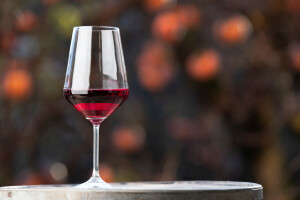On May 31 (2022) the Official Journal of the European Union announced the approval of a new PDO wine region for Spain: Vino de Pago Abadía Retuerta.
The newly approved appellation is located in the municipality of Sardón de Duero (Valladolid), in the autonomous community of Castilla y León. Sardón de Duero is situated just to the west of the Ribera del Duero DO. This section of the Duero River has long been considered to be an ideal area for vineyards as part of the informally recognized Milla de Oro (Golden Mile) of wine estates in the area.
The Abadía Retuerta estate is built on the site of the Abbey of Santa María de Retuerta— founded in 1146 by Sancho Ansúrez near the banks of the Duero River. Some parts of the original structure still stand and are considered to be among the most important works of Romanesque architecture in the area.
The Abadía Retuerta estate currently includes a winery, hotel, the Santuario Wellness Spa, and several restaurants. In addition to Vino de Pago Abadía Retuerta, the estate produces a range of varietal and blended wines under the Vino la Tierra de Castilla y León appellation as well as food products such as pine nuts and honey.
The Vino de Pago Abadía Retuerta is approved for dry red wines (monovarietal or blends) produced from Petit Verdot, Tempranillo, Cabernet Sauvignon, Cabernet Franc, Garnacha Tinta, Malbec, Merlot, Graciano, Syrah, and/or Pinot Noir. All red wines must be matured in oak barrels for at least six months. Dry white wines—monovarietal or blends—may be made with Albillo Mayor, Godello, Verdejo, Riesling, Sauvignon Blanc, and/or Gewürztraminer.
P.S. On this same day (May 31, 2022), the EU also announced the approval of the Vino de Pago Bolandin, located in Navarra. You can read more about the Vino de Pago Bolandin here. With the approval of these two new appellations, there are currently 24 vino de pago appellations in Spain (per the EU).
Welcome to the World, Vino de Pago Abadía Retuerta!
References/for more information:
- Extract from the EU Register-Abadia Retuerta-May 31 2022
- Product Specification Abadia Retuerta
- https://www.abadia-retuerta.com/en/home
Post authored by Jane A. Nickles…your blog administrator: jnickles@societyofwineeducators.org




















